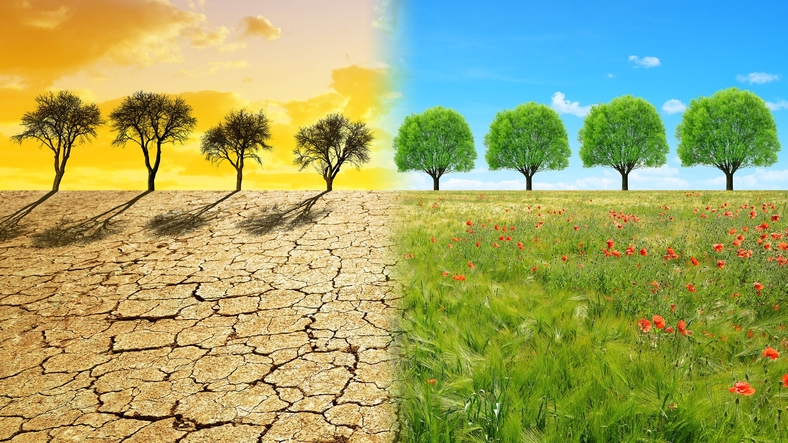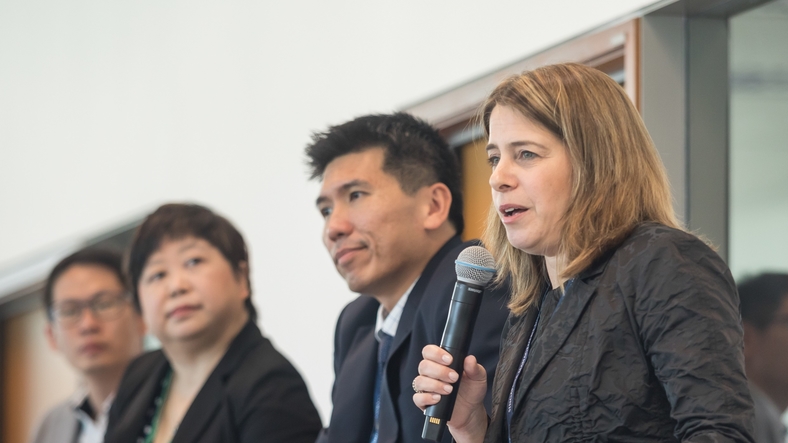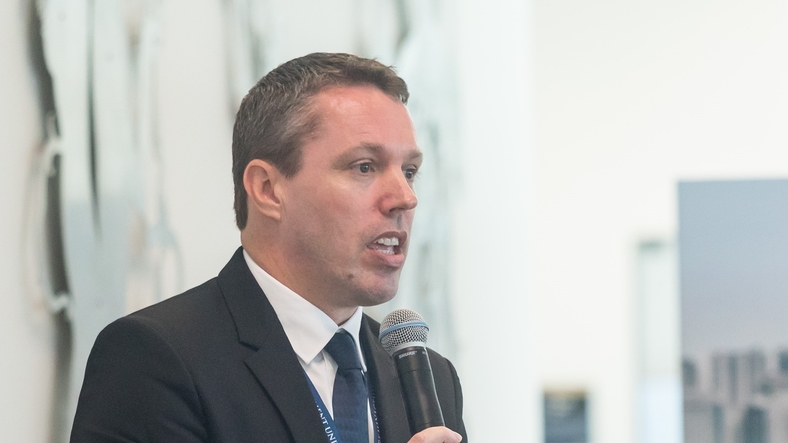Greater understanding is key to battling climate change

A recent symposium at SMU brought together key industry players and thought leaders to discuss the relationship between sustainability and economic growth. Three of these experts share their views with SMU Engage.
The science has spoken. Climate change is a global emergency that is forcing us to rethink the way we spend Mother Nature’s precious resources as we try to forge a better way of life.
This topic was recently discussed at the inaugural SMU City Dialogues symposium, where the question “Can sustainable urban development nurture continued economic growth in Singapore?” was posed to a room of about a hundred experts and leaders from government, academia, and the private sector.
In a sit-down interview with SMU Engage, Professor Shauna Brail, Director of the Urban Studies Program and Associate Director of the School of Cities at the University of Toronto, elaborated on the pressing importance of finding a balance between sustainability and growth. She said: “We’ve seen sustainability and conversations about climate change shift in urgency over the past 20 to 30 years, to a point where we are in crisis now. It has to become central to every decision, whether financial or governing. And even if emissions are lowered and we get to net zero, it can’t end there. There’s a constant check and balance that needs to be maintained. Because if it isn’t, then, well, let’s just say there’s no second earth hiding somewhere.”

The potential of urban dwellings
In his keynote speech, Dr David Dodman, Director of Human Settlements at the International Institute for Environment and Development in the UK, kicked off the discussion by debunking the myth that cities always leave a bigger carbon footprint than rural areas.
In fact, “when you live in a dense urban area, you’re closer to work, leisure, and education, so you need less transport”, he pointed out in a separate interview after his speech. “In rural areas, people tend to drive long distances in a car just by themselves. Urban areas also tend to have smaller dwellings, so it takes less energy to heat or cool the small space. And in cold climates, buildings being closer together means less heat loss.”
Once we understand these differences, we can begin to figure out the kinds of basic infrastructure and services that suit urban areas. That in turn can have a big impact on reducing a country’s overall emissions, he added, because these measures don’t just affect a few scattered homes, but thousands of them that are tightly packed together.
Professor Brail illustrated this potential with a widely studied example from her home city of Toronto. In November 2017, this Canadian city installed a pilot programme on its bustling King Street to give public transit vehicles (also known as streetcars) priority over private vehicles. The project cost an estimated 3 million CAD, and restricted car movements on a 2.6km stretch of road.
The pilot resulted in more commuters opting for public transport, with 84,000 weekday rush-hour streetcar boardings (up from 72,000 before the project’s implementation). “Commuting has become less stressful, congestion is now reduced, and carbon emissions have been lowered,” observed Professor Brail. Earlier this year, Toronto’s city council voted to make this project a permanent measure.
She cautioned, however, that this initiative was not something that could be immediately replicated in any city, including Singapore. “There’s a need to think about place-based context, the local culture, systems, population and economy,” she said.
And that’s where academics have to come in, to analyse these programmes and study how they can be applied to different cities. “Academics have a mission of research, from basic sciences to applied research to policy work,” she said. “The work we do has the potential to inform and impact the way policy is made and new standards are set.”
Such is the role of universities in society, agreed Dr Dodman. “Engaged researchers see generating evidence as a way to contribute to a broader change. Besides producing papers, they should also be going out and getting involved on the ground, and putting knowledge into practice.”
Fighting climate change with business strategy
Similarly, businesses have to make the effort to understand and communicate the importance of sustainability. In the case of Banyan Tree Hotel and Resorts, that means doing the research itself. In the Maldives, the company’s conservation efforts began in 1996 on its Angsana Ihuru property, and it built its first resort-based Marine Lab in 2004 at Banyan Tree, Vabbinfaru. In 2007, labs were also built in Velavaru in the Maldives and Bintan in Indonesia. These labs not only aim to protect and enhance the local reefs, and educate more people about this ecosystem, they also facilitate cross sector partnerships, providing access to academics who partner with Banyan Tree to conduct social and environmental projects that support effective conservation and management.
Group Sustainability Director Steve Newman said that these efforts are spearheaded by the Banyan Tree Global Foundation, the company’s non-profit arm which strives to create awareness through communication.
“The business of hospitality is closely dependent on the intangibles of natural and cultural heritage. That’s why people visit a destination,” said Dr Newman, the foundation’s Coordinating Director and an ecologist by training. “Because of this, we have to become stewards of that nature and culture. If we lose this, then how do we market a destination? As a last chance to visit?”



